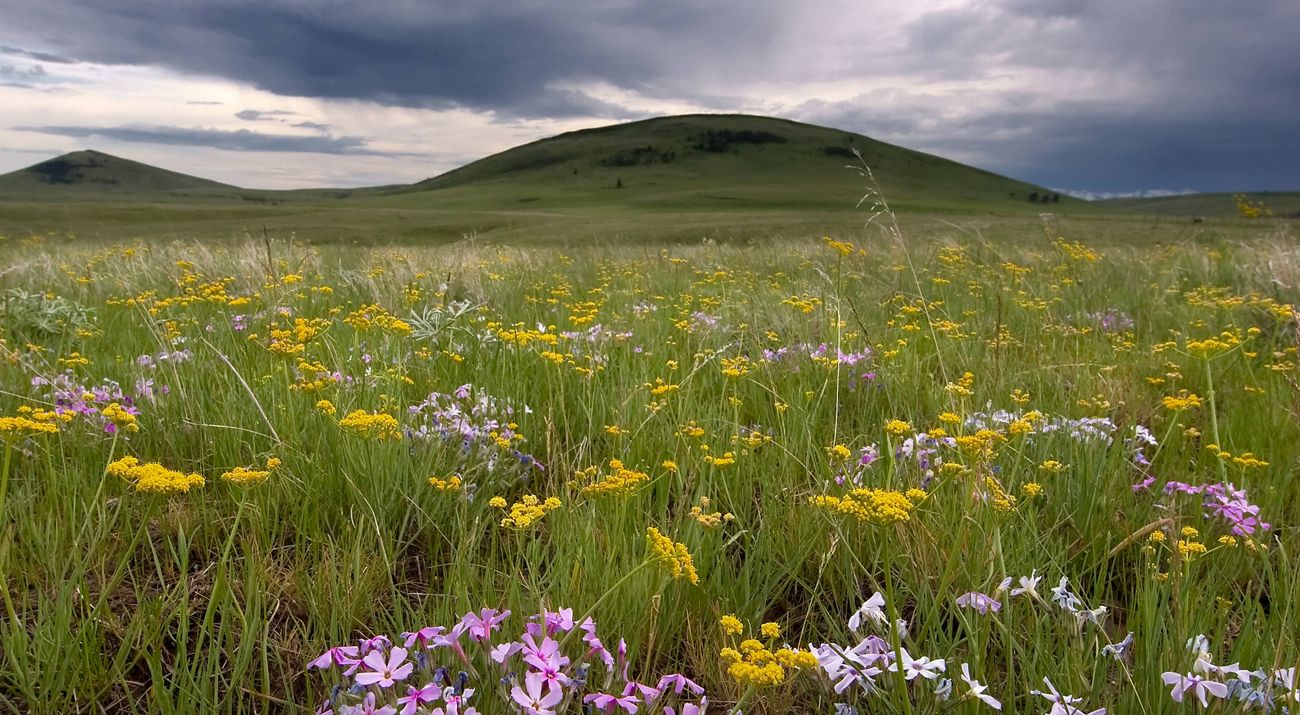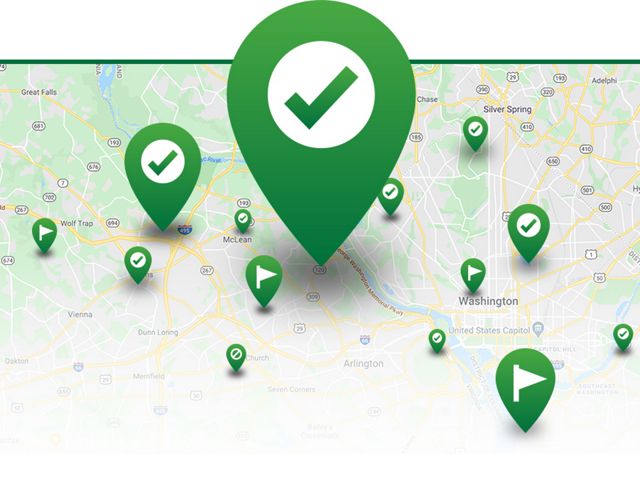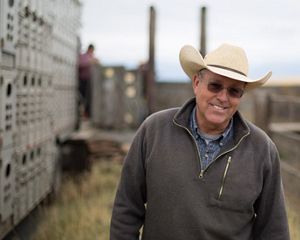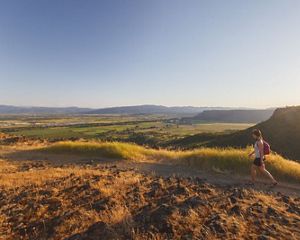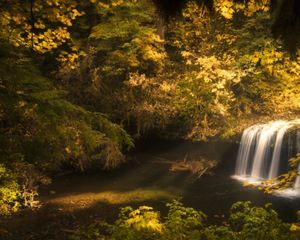Description
Portions of the Zumwalt Prairie Preserve are open to the public, including four marked trails. This property is privately owned and managed to protect the sensitive species that call it home. For this reason, we ask that you stay on marked trails open to the public and leave your dog at home. We appreciate your help in protecting the landscape and respecting all those who enjoy it.
What Makes Zumwalt Prairie Special
The U.S. Department of the Interior has designated 4,400 acres of Zumwalt Prairie Preserve as a National Natural Landmark.
Studying the prairie’s ecosystem for nearly 20 years led The Nature Conservancy to protect this great place—because of its size, intact bunch grass habitats and incredible concentrations of wildlife. Your support is vital to maintaining and restoring this landscape essential to Oregon’s culture, heritage and economy.
What TNC is Doing
In 2000, The Nature Conservancy purchased 27,000 acres of the Zumwalt Prairie, the largest Oregon acquisition in the organization’s history. In 2006, 6,065 acres were added, making the 51-square-mile preserve TNC’s largest landholding in Oregon.
The Nature Conservancy manages Zumwalt Prairie Preserve to support and advance conservation across the larger Zumwalt Prairie, while also providing high-quality and diverse habitat for native species on the preserve. TNC aspires to achieve and sustain conservation values in the context of sustainable livestock grazing as the predominant economic land use across this privately owned landscape. Further, each year TNC donates four bull elk and two buck deer LOP tags to non-profit organization raffles. To date, the donated tags have helped raise nearly $900,000 for various non-profit groups in Oregon.
TNC works with landowners across the Zumwalt landscape to maintain the ecological health of the prairie and the economic viability of this working landscape. To this end, approximately half of the Preserve has livestock grazing in partnership with local ranches.
The struggle to suppress damaging invasive plants in Wallowa County—such as Mesudahead Rye, sulfur cinquefoil, meadow hawkweed and common bugloss—has also brought diverse interests together. Managed livestock grazing, prescribed fire and protection of vulnerable aspen and shrub communities from over-browsing are used to improve plant health and diversity on the preserve. Through invasive species mapping, monitoring and removal, TNC and its partners are working to maintain and improve habitat for the prairie’s iconic species, including a diverse suite of grassland songbirds and raptors.
TNC scientists, university researchers and volunteer teams engage in ongoing surveying, monitoring and studying of the area’s animals and plant communities. In addition, TNC ecologists and volunteers are working to restore riparian areas for fish and birds. Strategies include protecting sensitive areas from overgrazing, planting native vegetation along stream banks, improving stream channel form and function, removing stream blockages and monitoring fish populations.
